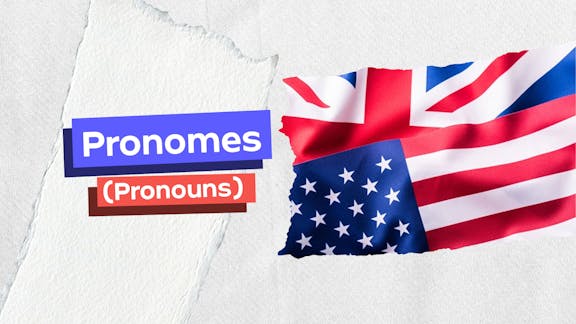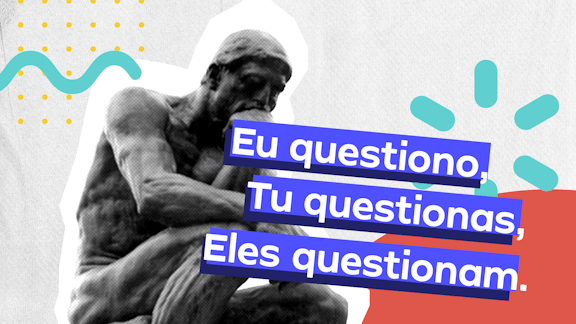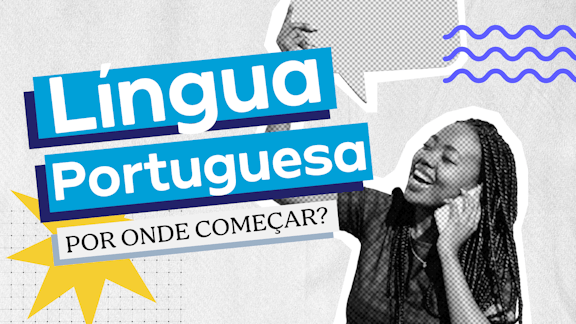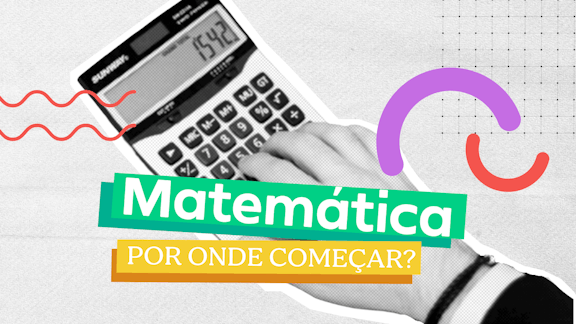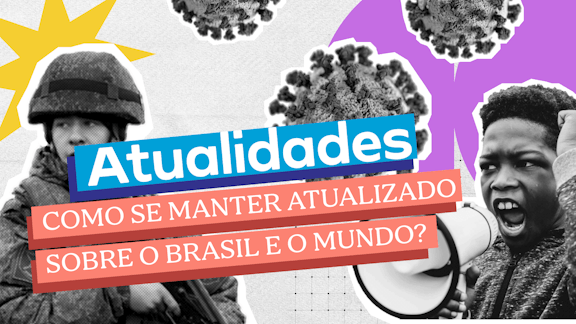Questão a0186dc6-67
Prova:UFPR 2021
Disciplina:Inglês
Assunto:Interpretação de texto | Reading comprehension
In the text, the underlined and in bold type word “this” refers, among other things, to the act of:
In the text, the underlined and in bold type word “this” refers, among other things, to the act of:
The following text refers to question.
There have been 18 opioid-related deaths in Nova Scotia so far this year
Paramedics in Nova Scotia used naloxone to save 165 people from opioid overdoses in 2018 and 188 people in 2019. In 2020,
102 people were saved as of July 31. Eight years ago, Matthew Bonn watched his friend turn blue and become deathly quiet as fentanyl flooded his body. Bonn
jumped in, performing rescue breathing until paramedics arrived. That was the first time Bonn fought to keep someone alive during
an overdose.
But it wouldn't be his last. Over the years, he tried more dangerous ways to snap people out of an overdose. "I remember doing crazy things like throwing people in bathtubs, or, you know, giving them cocaine. As we know now, that
doesn't help," said Bonn, a harm-reduction advocate in Halifax. "But ... in those panic modes, you try to do whatever you can to keep
that person alive."
This was before naloxone – a drug that can reverse an opioid overdose – became widely available to the public. In 2017, the
Nova Scotia government made kits with the drug available for free at pharmacies. Whether used by community members or emergency crews, naloxone has helped save hundreds of lives in the province.
Matthew Bonn is a program co-ordinator with the Canadian Association of People Who Use Drugs, and a current drug user
himself.
Almost every other day in Nova Scotia, paramedics and medical first responders in the province use the drug to reverse an
opioid overdose, according to Emergency Health Services (EHS).
(Available in: https://www.cbc.ca/news/canada/nova-scotia/ehs-naloxone-opioids-drug-use-emergency-care-1.5745907.)
The following text refers to question.
There have been 18 opioid-related deaths in Nova Scotia so far this year
Paramedics in Nova Scotia used naloxone to save 165 people from opioid overdoses in 2018 and 188 people in 2019. In 2020,
102 people were saved as of July 31.
Eight years ago, Matthew Bonn watched his friend turn blue and become deathly quiet as fentanyl flooded his body. Bonn
jumped in, performing rescue breathing until paramedics arrived. That was the first time Bonn fought to keep someone alive during
an overdose.
But it wouldn't be his last. Over the years, he tried more dangerous ways to snap people out of an overdose.
"I remember doing crazy things like throwing people in bathtubs, or, you know, giving them cocaine. As we know now, that
doesn't help," said Bonn, a harm-reduction advocate in Halifax. "But ... in those panic modes, you try to do whatever you can to keep
that person alive."
This was before naloxone – a drug that can reverse an opioid overdose – became widely available to the public. In 2017, the
Nova Scotia government made kits with the drug available for free at pharmacies.
Whether used by community members or emergency crews, naloxone has helped save hundreds of lives in the province.
Matthew Bonn is a program co-ordinator with the Canadian Association of People Who Use Drugs, and a current drug user
himself.
Almost every other day in Nova Scotia, paramedics and medical first responders in the province use the drug to reverse an
opioid overdose, according to Emergency Health Services (EHS).
(Available in: https://www.cbc.ca/news/canada/nova-scotia/ehs-naloxone-opioids-drug-use-emergency-care-1.5745907.)
A
hrowing people in bathtubs.
B
helping drug users in court.
C
looking for the nearest health service available.
D
watching a man turn blue and die.
E
hiding cocaine from drug users.

